The best graphics card available today will turn your PC into a bonafide gaming machine. Sure, you can run a PC with nothing but integrated graphics, but for real performance — the kind that nets you smooth frame rates in modern games — you need one of our picks for the best graphics card. Something like the NVIDIA GeForce RTX 3080 or the AMD Radeon RX 6800 XT is what we have in mind.
The graphics processing unit (GPU) plays an integral role in your gaming PC, helping out the CPU with a heavy load. The better the GPU you buy, the higher resolution and higher in-game settings you'll be able to enjoy. If you're wondering exactly where to start, with either a fresh build or an upgrade project, we've collected a number of the best graphics cards available now for several different performance thresholds and budget ranges.
Best Graphics Cards at a glance
- NVIDIA GeForce RTX 3080 — Best Overall: Next-gen Ampere, ray tracing, DLSS, power for quality 4K at a reasonable price
- AMD Radeon RX 6800 XT — Runner-Up: Next-gen RDNA 2, 16GB VRAM, 300W TDP, competitive price, and performance for 4K gaming
- NVIDIA GeForce RTX 3090 — Expensive Overkill: Next-gen Ampere, 24GB VRAM, great for designers and developers
- AMD Radeon RX 6800 — Best Mid-Range AMD: Next-gen RDNA 2, 16GB VRAM, 250W TDP, performance for 4K and 1440p gaming
- NVIDIA GeForce RTX 3070 — Best Mid-Range NVIDIA: Next-gen Ampere, RTX 2080 Ti performance
- NVIDIA GeForce RTX 3060 Ti — Best Value GPU: Outperforms the RTX 2080 Super
- AMD Radeon RX 5700 XT — Last-Gen AMD: Unreal price-to-performance ratio, power for high-end 1440p gaming
- NVIDIA GeForce GTX 1660 Super — Best Budget: Affordable price, enough performance for modest 1080p gaming
What is the best graphics card for gaming?
The beauty of building your own PC is that there are plenty of best graphics card options available to you based on budget and required performance. You can mix and match hardware as you please and still end up with a powerful rig. For most people, the NVIDIA GeForce RTX 3080 is going to hit a high-end performance tier and not cost an excessive amount of money like the more powerful overkill options. Cue the NVIDIA RTX 3090, the Ampere generation's answer to the RTX Titan, ideal for design and development work but demanding a very high price.
If you're looking to experience 4K PC gaming, the next-gen RTX 3080 or RX 6800 XT will work well, delivering only about 10% less performance than the RTX 3090 for a whole lot less money. If you want to just dabble in 4K gaming but primarily focus on a high-end 1440p experience, the NVIDIA RTX 3070 will do good for those on Team Green while the AMD Radeon RX 6800 will be attractive for those on Team Red.
There are plenty more best graphics card options out there, whether you're looking at one for gaming, 4K power, or happen to be on a budget. And don't forget to keep an eye out for where to buy NVIDIA RTX 30-series GPUs and where to buy AMD Radeon RX 6000 GPUs, which haven't been easy to come by so far. As it stands, here are the best graphics cards on the market today.
1. NVIDIA GeForce RTX 3080: Best Graphics Card for Most Gamers
Bottom line: Thanks to powerful next-gen Ampere performance and a competitive price, the RTX 3080 is an excellent pick for most people. It affords you the ability to choose FHD, QHD, or UHD resolutions at a high frame rate, and it delivers the extra features exclusive to NVIDIA RTX cards like ray tracing and deep-learning super sampling (DLSS). It's much faster than the RTX 2080 and even beats out the RTX 2080 Ti in raw performance.
Memory: 10GB GDDR6X | Memory speed: 19Gbps | Memory bus: 320-bit | Boost clock: 1,815MHz | CUDA cores: 8,704 | Process: 8nm | Power: 340W
| Manufacturer | Version | Vendor |
|---|---|---|
| MSI | Ventus 3X OC | See at Amazon |
| NVIDIA | Founders Edition | $700 at Best Buy |
| EVGA | XC3 Ultra | See at Amazon |
| Zotac | Gaming Trinity | See at Newegg |
If you can find an RTX 3080 in stock, chances are you're going to buy it. We'll hold off on individual recommendations for now.
Pros
- Next-gen Ampere performance with 8,704 CUDA cores
- AI-enhancements from DLSS 2.0
- Compatible with G-Sync displays
- Powerful enough for 4K gaming
- Outperforms the RTX 2080 and RTX 2080 Ti
Cons
- Overkill for some people
There's no one true pick for everyone when it comes to the best graphics card, but if we're choosing what should suit most people based on performance and price, we have to go with NVIDIA's GeForce RTX 3080. While AMD has undoubtedly cut into NVIDIA's claim to the GPU throne with its Radeon RX 6000 cards, a few of which are included in this roundup, the top-tier option still belongs to Team Green.
Not only does the RTX 3080 outperform last-generation GPUs, but it also delivers the extra benefits that make RTX cards so sought after. Ray tracing, the first main feature, isn't as widespread as many people would like it, but it's still available in popular games like Call of Duty: Modern Warfare, Control, Minecraft, and more. And the RTX 3080 still includes dedicated cores for ray tracing.
DLSS is perhaps the more impressive feature that comes standard with this GPU. It employs dedicated Tensor cores to run AI rendering in real-time, effectively boosting frame rates while also making frames come out at a much higher resolution. Because ray tracing can be detrimental to performance, DLSS is the perfect pairing. AMD's new RX 6000 cards features ray tracing, but so far the hit to performance is far more severe compared to NVIDIA RTX.
The RTX 3080 has some beefy specs, and it's the right card if you're looking to enjoy smooth 4K gaming at 60 FPS without having to turn down in-game settings. If you want the best PSU for the RTX 3080, NVIDIA recommends at least going with a 750W option. This card is compatible with G-Sync monitors, which have the adaptive sync technology to reduce screen tearing. It will also work with any FreeSync monitors that are "G-Sync compatible." Whether you're looking to game at 4K or 1440p, the RTX 3080 is the new best graphics card for many people.
Unfortunately, this GPU sold out almost immediately after the September 17 launch. Check back often for availability updates, and be sure to visit our guide on where to buy the NVIDIA RTX 3080 for more information on restock notifications. Also have a look at more GPU options in our best NVIDIA RTX 3080 graphics cards roundup.
For the final word on this GPU, be sure to check out our NVIDIA GeForce RTX 3080 review.
NVIDIA GeForce RTX 3080
With stellar 4K and 1440p performance that bests the RTX 2080 and RTX 2080 Ti, the new RTX 3080 is our pick for the best overall GPU for your custom gaming PC. Just make sure it's not overkill for your needs.
Best Graphics Cards in 2021
- 1. NVIDIA RTX 3080
- 2. AMD RX 6800 XT
- 3. NVIDIA RTX 3090
- 4. AMD RX 6800
- 5. NVIDIA RTX 3070
- 6. NVIDIA RTX 3060 Ti
- 7. AMD RX 5700 XT
- 8. NVIDIA GTX 1660 Super
Want to turn your plain PC into a powerful gaming PC? You'll want to look at investing in one of our picks for the best graphics card. It's responsible for rendering everything you see on-screen and taking workloads off the CPU when powering through calculations. The last thing you want to do when purchasing a new GPU is to waste your money on an older model or one that's not powerful enough to do what you need. You also don't want to overspend.
You don't want to overspend on your GPU. Be sure the rest of your PC's components can keep up.
There are several questions you need to ask yourself. What kind of games are you playing? Love low-impact indie titles or well-optimized esport games? Or do you wish to take full advantage of current-gen AAA gaming and want to enjoy the best graphics at a 4K resolution? If the answer is the former, you'll want to think about more affordable graphics cards that don't require advanced components to get the most out of the GPU.
As for more demanding games, it's generally down to your budget and what your current PC has in terms of a processor (CPU), RAM, and more. If your PC build is rocking anything less than a recent Intel Core i5 or AMD Ryzen 5 CPU, it's probably not worth forking out on top-of-the-line and most expensive GPU options. You'll most likely experience what is known as a bottleneck, where a separate piece of hardware isn't capable of keeping up with the GPU's ability. Our roundup of the best processors for your custom PC can help you get the right CPU.
For which resolution and frame rate are you shooting? Entry-level budget GPUs are ideal for 1080p (FHD) gaming, mid-range is best for 1440p (QHD) gaming, and the top-tier options are cut out for 4K (UHD). Of course, you can always drop down to a lower resolution with a top-tier GPU just to get better frame rates, or if you don't want to shell out the cash for a 4K gaming monitor.
How long would you like the GPU to last? Going with a budget option now will save you money, but it won't be relevant as long as a mid- or upper-range GPU. If you don't want to replace the GPU any time soon, you will want to spend a bit more now to ensure you can continue playing games as they're released in the next few years.
With all these questions considered, those who need a graphics card now should consider the NVIDIA GeForce RTX 3080. It's our pick for the best graphics card because it hits a sweet spot in terms of performance and price. It's nowhere near as costly as the aging RTX 2080 Ti, yet it bests it in performance across resolutions. If it's not quite what you're looking for, either in terms of price or performance, there are plenty of other great GPU options available.
2. AMD Radeon RX 6800 XT: More Affordable, Similar Performance
Bottom line: AMD's "Big Navi" RX 6800 XT is a bit more affordable than the RTX 3080, yet it trades performance blows and doesn't suck up as much power. Its 16GB of VRAM are great for future-proofing, and it has a number of included features gamers will love. Just remember its ray tracing abilities aren't as developed and it's lacking DLSS.
Memory: 16GB GDDR6 | Memory bandwidth: Up to 512GB/s | Memory bus: 256-bit | Base clock: 2,015MHz | Boost clock: 2,250MHz | Stream processors: 4,608 | Process: 7nm | Power: 300W
| Manufacturer | Version | Vendor |
|---|---|---|
| Many | Varies | See at Amazon |
| Many | Varies | See at Best Buy |
| Many | Varies | See at Newegg |
For now, no solid recommendations on which version to buy. If you find one for sale, chances are you're going to grab it.
Pros
- 16GB of VRAM
- Power efficient
- Performance comparable to RTX 3080
- Rage Mode and Smart Access Memory
- More affordable than RTX 3080
Cons
- Ray tracing not as mature
- No DLSS
AMD's new "Big Navi" Radeon RX 6000 GPUs based on RDNA 2 technology bring a ton of power that puts them among the top options out there. In particular, the RX 6800 XT will generally perform as well as the RTX 3080 in 1440p and 4K games, with each card moving up and down based on other factors. The RX 6800 XT is more power efficient, sitting somewhere between the RTX 3070 and RTX 3080.
It has some impressive raw specs, including a whopping 16GB of VRAM that will set it up nicely for the future. If you're buying a new GPU today and want it to last for the next five years, 8GB of RAM doesn't look so impressive.
One big advancement with these GPUs is the addition of ray tracing, something NVIDIA previously could only offer. It seems that while the RX 6800 XT does have the option, it's not quite as good as NVIDIA's RTX cards. Your games are going to look prettier, but you're going to see a more significant hit to performance on the AMD cards. Chalk it up to having more time to develop on NVIDIA's part. It'll be interesting to see what AMD can do. NVIDIA also has DLSS for compatible games, something AMD is still lacking.
However, AMD does have something called Smart Access Memory (SAM) that can boost performance in some games. The gains aren't huge, but they are noticeable in plenty of titles. We benchmarked Smart Access Memory to see how much of a difference it really makes. Want to overclock and not void your warranty? AMD's Rage Mode is another nice addition that will get the job done without harming your hardware.
If you're on Team Red and want a GPU that can handle 1440p and 4K gaming, the RX 6800 XT is undeniably a great option that should cost less than the RTX 3080 once stock and prices settle.
If this is the card you're aiming at, check out our collection of best motherboards for AMD Radeon RX 6800 XT and of best PSUs for AMD Radeon RX 6800 XT to get your rig ready.
AMD Radeon RX 6800 XT
Team Red should love what the RX 6800 XT has to offer, including performance to rival the RTX 3080 at a cheaper price and with less power draw.
3. NVIDIA GeForce RTX 3090: Most Powerful, Most Expensive
Bottom line: The RTX 3090 is a physically large GPU, stacking 24GB of GDDR6X VRAM to help handle design and development work. Yes, it can technically game at 8K, but only in certain circumstances. It'll deliver about 10% better performance than the RTX 3080 for 4K gaming, but it also costs more than double the price. This is a card best cut out for professionals or those with money to burn.
Memory: 24GB GDDR6X | Memory speed: 19.5Gbps | Memory bus: 384-bit | Boost clock: 1,785MHz | CUDA cores: 10,496 | Process: 8nm | Power: 370W
| Manufacturer | Version | Vendor |
|---|---|---|
| MSI | Gaming X Trio | See at Amazon |
| NVIDIA | Founders Edition | See at Best Buy |
| ASUS | TUF Gaming | See at Newegg |
| Gigabyte | Eagle OC | See at B&H |
If you can find an RTX 3090 that's not way overpriced, chances are you're going to buy it. We're holding off on individual recommendations until stock and prices settle.
Pros
- Absolutely enormous specs
- Can game at 8K in certain circumstances
- Crushes 4K gaming
- Excellent for professional design and dev work
Cons
- Very expensive
- Not a whole lot better than the RTX 3080 for gaming performance
- Physically enormous
NVIDIA's RTX 3090 is a huge card both physically and on paper. It has a whopping 24GB of GDDR6X VRAM and 10,496 CUDA cores, but don't assume that translates to raw gaming power. If you're interested in 4K gaming, you'll likely only see about a 10% increase in performance over the RTX 3080. And don't even think about buying this GPU for 1440p or 1080p; it's just not worth the money.
Considering it's more than double the price of most RTX 3080 cards, this is going to be a piece of hardware reserved for professionals and those with big budgets. Yes, this is the card to kill the expensive RTX Titan, and developers and designers will be very interested.
If you are going all-out for one of these cards, be sure it fits into your case and be sure you have a big enough PSU to handle power demands. We've put together a collection with options for the best PSU for RTX 3090 to help you get started. And for further information, check out our guide on how to prepare your PC for NVIDIA RT 30-series system requirements.
NVIDIA GeForce RTX 3090
This massive card is basically the new Titan card branded with a GeForce logo, and for most people, it's going to be overkill. It will, however, be mighty tempting for professional design and development work.
4. AMD Radeon RX 6800: Excellent Mid-Range Performance
Bottom line: The RX 6800 is a direct competitor to the RTX 3070, and in fact it will perform better with 4K and 1440p gaming. It costs a bit more and doesn't offer DLSS or as-developed ray tracing abilities, but the price-to-performance ratio is excellent.
Memory: 16GB GDDR6 | Memory bandwidth: Up to 512GB/s | Memory bus: 256-bit | Base clock: 1,815MHz | Boost clock: 2,105MHz | Stream processors: 3,840 | Process: 7nm | Power: 250W
| Manufacturer | Version | Vendor |
|---|---|---|
| Many | Varies | See at Amazon |
| Many | Varies | See at Best Buy |
| Many | Varies | See at Newegg |
For now, no solid recommendations on which version to buy. If you find one for sale, chances are you're going to grab it.
Pros
- Better raw performance than RTX 3070
- 16GB of VRAM for the future
- Rage Mode and Smart Access Memory
- Handles 4K and 1440p
Cons
- Costs more than the RTX 3070
- Less-developed ray tracing and no DLSS
- Slightly higher power draw than RTX 3070
The Radeon RX 6800 (minus the XT) is another of AMD's flagship RDNA 2 GPUs. It has many of the same features as the beefier RX 6800 XT — including ray tracing and Smart Access Memory — but it costs less and is more power efficient (250W compared to the RX 6800 XT's 300W). It's still going to handle 4K and 1440p gaming, and its 16GB of VRAM sets up better for the future than the comparable RTX 3070. There are plenty of third-party versions available, but the best AMD Radeon RX 6800 graphics cards will deliver a similar experience.
On that note, you can expect better overall performance from the RX 6800, though at a higher power draw than the RTX 3070. It also cost a bit more money in a world without crazy inflated prices and nonexistent stock. Ray tracing is available with the RX 6800, though it's not going to compare to what NVIDIA's RTX cards can do. And, of course, NVIDIA offers DLSS tech that is clearly becoming a huge boon. We're still waiting on AMD' rebuttal with FidelityFX Super Resolution.
If you want to go with more raw performance at 1440p and 4K and don't mind paying a bit more compared to the RTX 3070, the RX 6800 should make a fine choice for your gaming PC. Our AMD Radeon RX 6800 review has much more information that can help you make a final decision.
And for those who do decided on the RX 6800 as their next GPU, get the right supporting components with our best PSU for AMD Radeon RX 6800 and best motherboard for AMD Radeon RX 6800 roundup.
AMD Radeon RX 6800
If you want slightly better performance than the RTX 3070 (and 16GB of VRAM) and don't mind the lack of DLSS or as good of ray tracing, the RX 6800 should be a prime choice.
5. NVIDIA GeForce RTX 3070: Excellent Mid-Range Performance
Bottom line: The NVIDIA RTX 3070 is the best mid-range GPU you can buy right now if you can find it for sale. It rivals the RTX 2080 Ti in terms of performance, yet it costs far, far less money.
Memory: 8GB GDDR6 | Memory bus: 256-bit | Base clock: 1.50GHz | Boost clock: 1.73GHz | CUDA cores: 5,888 | Process: 8nm | Power: 220W
| Manufacturer | Version | Vendor |
|---|---|---|
| MSI | Gaming X Trio | See at Newegg |
| PNY | Revel Epic-X | See at Amazon |
| PNY | Dual Fan | See at Best Buy |
| Gigabyte | Gaming OC | See at B&H |
If you can find any version of the RTX 3070 listed at a reasonable price, grab it. Stock is severely limited.
Pros
- RTX 2080 Ti performance for far less
- Easily handles 1440p
- Will run 4K
- Ray tracing and DLSS
- Great for those on a budget
Cons
- Just 8GB of VRAM
- Less raw performance than RX 6800
With the GeForce RTX 3070, NVIDIA has managed to deliver performance nearly on par with the RTX 2080 Ti, except this time the card costs around $500 when not being scalped. That's a huge achievement, and anyone who aims for the mid-range PC market should be happy. A year ago, before NVIDIA's other 30-series GPUs and AMD's RX 6000 cards, the RTX 3070 would have broken the internet. Have a look at our picks for best NVIDIA GeForce RTX 3070 GPUs for a bunch of great buying options.
There are 5,888 CUDA cores packed into the RTX 3070, more than double that of the RTX 2070 Super. It also benefits from RTX enhancements like ray tracing and DLSS AI, boosting frame rates significantly in compatible games. It is, however, still using 8GB of VRAM. If that's an issue for you, check out AMD's Radeon RX 6800 with 16GB of VRAM and a similar cost. We've even compared the two in a NVIDIA GeForce RTX 3070 vs. AMD Radeon RX 6800 showdown.
In any case, if you can get your hands on this card, your 1440p gaming experience will take off. The RTX 3070 can handle 4K, but you'll see much better results with a QHD monitor. Want to know more about this awesome GPU? Our NVIDIA GeForce RTX 3070 review has all the details you need. And be sure to pair the new hardware up with one of the best motherboards for NVIDIA's GeForce RTX 3070.
NVIDIA GeForce RTX 3070
Want to send your 1440p gaming experience to the next level? The RTX 3070 is the card you want if you have around $500 to spend.
6. NVIDIA GeForce RTX 3060 Ti Super: Best Value
Bottom line:The RTX 3060 Ti includes all the benefits of RTX cards, and it costs the least money out of all the Ampere cards. It bests the RTX 2080 Super, making it capable of crushing 1440p and handling some 4K gaming. This is the best value in gaming today, if you can find one.
Memory: 8GB GDDR6 | Memory bandwidth: 448GB/s | Memory bus: 256-bit | Base clock: 1,410MHz | Boost clock: 1,670MHz | CUDA cores: 4,864 | Process: 8nm | Power: 200W
| Manufacturer | Version | Vendor |
|---|---|---|
| ASUS | TUF Gaming | See at Amazon |
| Many | Varies | See at Best Buy |
| Many | Varies | See at Newegg |
If you can find an RTX 3060 Ti, buy it. Availability is poor and we're not really recommending one card.
Pros
- Most affordable Ampere card
- Beats the RTX 2080 Super
- Capable of 1440p and some 4K
- DLSS and ray tracing
Cons
- Almost impossible to find
- Not as future-proof as more expensive options
Budget PC builders are going to want to pay close attention to the RTX 3060 Ti, a GPU priced at about $399 under normal circumstances. Despite the bargain price, it bests the RTX 2080 Super in terms of raw performance for 1080p and 1440p gaming. That's mighty impressive, and it's likely going to be extremely popular for anyone who's not too interested in 4K gaming.
Despite it coming later than the other RTX 30-series cards, you're still getting capable ray tracing and DLSS technology. All this at a 200W TDP that should be ideal for those who don't want to upgrade the PSU in an older PC.
This card isn't going to be as future-proof as the heavy hitters in this list, but if you can find one and want to keep your wallet from catching fire, it should make a great choice. It's also our top pick for best mining GPU thanks to a strong hashrate and bargain price.
NVIDIA GeForce RTX 3060 Ti
The RTX 3060 Ti is an exceptional GPU option if you're on a budget. It puts out better performance than the RTX 2080 Super, it's efficient, and it has the features you expect from RTX cards.
7. AMD Radeon RX 5700 XT: Excellent RDNA Performance
Bottom line: AMD's Radeon RX 5700 XT is all about delivering high-end 1440p gaming at a great price. It almost matches the RTX 2070 Super in terms of raw performance, but you can often find it for hundreds of dollars less. It will dabble in 4K gaming, though it will truly shine as a more affordable GPU for high-refresh 1440p displays.
Memory: 8GB GDDR6 | Memory bandwidth: 448GB/s | Memory bus: 256-bit | Base clock: 1,670MHz | Boost clock: 1,925MHz | Stream processors: 2,560 | Process: 7nm | Power: 241W
| Manufacturer | Version | Vendor |
|---|---|---|
| Sapphire | Pulse | See at Amazon |
| XFX | RAW II | See at Best Buy |
| Gigabyte | Gaming OC | See at Newegg |
The lack of GPUs on the market is even making the last-gen cards disappear. If this is the GPU you want and you can find one at a reasonable price, nab it up.
Pros
- Unreal value
- Power for smooth 1440p gaming
- FreeSync technology
- Efficient 7nm process
- Better availability
Cons
- Lacks some latest-gen features
- Performance won't compare to our top pick
AMD's RDNA GPUs with 7nm processing was a huge step forward in taking a bite out of NVIDIA's supremacy and making the older AMD Radeon cards look a bit power-hungry and antiquated. The former AMD boss, the Radeon VII, essentially delivers the same or worse performance than the RX 5700 XT, yet it sucks up far more power and costs a lot more dollars. That's a big win for AMD. It's now overshadowed by RX 6000 cards, but considering their availability, the RX 5700 XT still makes a great option.
The available performance means you will be able to dabble in 4K, though not at a high framerate or with high game settings. The card is intended for use at 1440p, where it will deliver high frame rates in most games with maxed-out settings. And thanks to FreeSync technology, compatible monitors will see far less screen tearing. Do note that AMD recommends a 650W PSU, so an upgrade may be necessary if you're coming from a lesser card.
Compared to the NVIDIA RTX 2070 Super, the RX 5700 XT can be expected to deliver about the same performance. Unfortunately, the AMD GPUs don't offer the same ray tracing or DLSS 2.0 benefits as NVIDIA cards. If those extra goodies don't matter to you and you'd like to save a good chunk of change, the RX 5700 XT remains one of the best value graphics cards on the market.
AMD Radeon RX 5700 XT
The RX 5700 XT is a budget-wise performance GPU that genuinely excels at 1440p. It doesn't have all the same features as NVIDIA RTX cards, like ray tracing and DLSS, but it's nevertheless going to deliver a stellar gaming experience.
8. NVIDIA GeForce GTX 1660 Super: Affordable 1080p Gaming
Bottom line: Any custom PC builders looking to create something budget-friendly should love the NVIDIA GTX 1660 Super. It delivers a smooth 1080p performance and doesn't have an unreasonable price.
Memory: 6GB GDDR6 | Memory bandwidth: 336GB/s | Memory bus: 192-bit | Boost clock: 1,830MHz | CUDA cores: 1,408 | Process: 12nm | Power: 125W
| Manufacturer | Version | Vendor |
|---|---|---|
| Many | Varies | See at Newegg |
| Many | Varies | See at Amazon |
| Many | Varies | See at Best Buy |
The GPU demand has even driven up the price of last-gen cards. If you can find one at a reasonable cost, chances are you'll nab it up.
Pros
- Attractive price
- NVIDIA Turing architecture
- G-Sync technology
- Enough performance for smooth 1080p
Cons
- Not intended for 1440p
- No DLSS
Not everyone sees a need to game at a higher resolution than 1080p. Displays are more affordable, and fewer pixels generally allows for a much higher frame rate. If you're not looking to overspend on a GPU, NVIDIA's GTX 1660 Super should make a great pick. It's not an RTX card, so it doesn't offer dedicated ray-tracing cores, though a driver update does allow it to technically be compatible. DLSS 2.0 is not supported. It's still based on Turing architecture that makes it relatively power efficient. This GPU also sits atop our list of best cheap graphics cards.
It has 6GB of GDDR6 VRAM (the base GTX 1660 uses GDDR5) and rather high memory bandwidth at 336GB/s, allowing it to edge out even the 8GB version of the AMD RX 5500 XT in terms of raw performance. You're going to see elevated, smooth frame rates at 1080p with pretty much any game, even at high settings.
NVIDIA GeForce GTX 1660 Super
The NVIDIA GTX 1660 Super is a perfect card for anyone happy with smooth gaming at 1080p. It doesn't offer RTX benefits like dedicated ray-tracing cores and DLSS, but it's still a great GPU with reliable performance.
What about all the other graphics cards?
There are a ton of other best graphics cards on the market, ranging from deep budget sub-$100 options, best graphics cards for VR, best graphics cards for 4K, and on up to professional-grade cards intended for specialized design and development work. But as far as GPUs cut out for gaming go, these are the cards that make the most sense in terms of performance-to-price ratio.
Graphics cards are generally available from several different manufacturers; performance and specs are generally the same with just slight differences, though the price, cooling, and overall design will differ. No matter your preferred resolution, preferred games, or preferred manufacturers, you're going to find a GPU in this guide that will suit your next fresh PC build or upgrade.
Is it a good time to upgrade your graphics card?
With NVIDIA's latest RTX 30-series GPUs and AMD's RX 6000 GPUs seeing poor availability, it might be a tough time to buy a new card. Many people are undoubtedly looking to offload their old GPUs, meaning you might find one secondhand at a great price.
Watch out for good deals on NVIDIA's RTX 20-series GPUs, which are still excellent cards that will handle a quality gaming experience. If you're on Team Red, AMD's RX 5000 GPUs are likewise still a great option. The RX 5700 XT still makes the cut in this list, and it's even still far more readily available, even in a new condition. Unfortunately, even last-gen cards are becoming hard to find at a reasonable price.
Do you need to upgrade graphics cards?
Trying to figure out whether or not it's time to upgrade your GPU can be challenging. Of course, if you're seeing signs that your GPU is dying — screen artifacts, PC crashes, whining — it's no doubt time to upgrade. But if your current GPU is working fine, do you really need something new?
That depends on what types of games you want to play and at what resolution. If you were satisfied with low-impact indie games and built a PC to handle them, you'll no doubt find that your PC struggles to keep up with a hot new AAA title that snagged your eye. The same goes for resolution. If you're upgrading your monitor from 1080p to 1440p or 4K, a new GPU is likely required to make the most of the higher-resolution display.
Whenever a new generation of GPUs is released, the previous generation seems to look disproportionately old. Say, for example, you have an NVIDIA GTX 980 in your PC. It's a great GPU, but it's four generations behind now that the RTX 30-series GPUs are released. Considering RTX 30-series cards are a huge leap forward over even 20-series cards, an upgrade is no doubt looking quite tempting.
Finally, you don't want to upgrade your GPU if you can't also afford to upgrade the rest of your PC components to keep up. Buying an AMD RX 5700 XT GPU and installing it alongside 8GB of RAM and a 4th Gen Intel Core i5 CPU is not going to allow the GPU to realize its full potential. Plus, you might not have a large enough PSU unit to provide enough power to your system, or the cooling system might not be beefy enough to keep the PC running optimally. Always be sure you can upgrade sufficient to avoid bottlenecking the system.
How to check what PC hardware you already have
Whenever you invest in a new component for your PC, it's good practice to run a piece of software to have a gander at what you have already. This will help determine just how recent other components are and whether or not they will become a bottleneck for your upcoming GPU purchase. To have a look at what makes everything tick inside the PC case, there are many software options available; CPU-Z, and Speccy are two we would recommend.
These apps will tell you what motherboard you have, as well as CPU, RAM, and other bits and pieces. We'll mainly need to see what CPU you have, and a good measurement to use to determine how good your CPU will be with a new GPU purchase is 3DMark. The higher the 3DMark score, the better a CPU generally is in gaming and other intensive applications. It shouldn't be used as a definitive value, but the 3DMark score of a specific chip will give you an idea as to how powerful it is.
As well as the score, one should also consider the age of the processor, the generation it's part of, the manufacturing process used, the cooler installed, whether or not it's overclocked, and how many cores you're rocking. Intel has its ARK platform available for conveniently searching its portfolio of CPUs. If you're on #TeamRed, AMD has a similar feature on its own website.
How to choose a display resolution for PC gaming
If you're building a new PC from the ground up, you might be wondering for which resolution to aim. There are plenty of great gaming monitors in 1080p, 1440p, and 4K, so it can be tough to choose. What you need to consider is price, fidelity, and the power of the PC hardware you're interested in including.
A 1080p gaming monitor will generally cost the least but will still include a high refresh rate and low response time, both of which are features gamers search out. It's not going to look as crisp as 1440p or 4K, but it will also take quite a bit less power to run games at a high frame rate. You're going to be able to get away with a lower-tier GPU and CPU, saving you more money.
Bumping things up to 1440p is going to make everything look better. Once you've made the switch to QHD, dropping back down to 1080p is noticeable. The issue with 1440p, however, is that monitors generally cost more, plus you're going to want beefier hardware to achieve high frame rates. The better the GPU and CPU, the better performance you will see at 1440p. Even the high-end RTX 3070 and RX 6800 that can dabble with 4K will do much better running with a 1440p display.
And finally, we have 4K. It's a rather big jump, even from 1440p, and you should have top-tier hardware to get the most of it. 4K displays are expensive, so buying one and pairing it with a subpar PC is not advised. Even with a high-end GPU and CPU, don't expect frame rates to get anywhere near what you can achieve at 1080p and 1440p.
Credits — The team that worked on this guide
Cale Hunt is a staff writer at Windows Central. He focuses mainly on PC, laptop, and accessory coverage, as well as the emerging world of VR. He is an avid PC gamer and multi-platform user and spends most of his time either tinkering with or writing about tech.
![]()
Rich Edmonds is a staff reviewer at Windows Central, which means he tests out more software and hardware than he cares to remember. Joining Mobile Nations in 2010, you can usually find him inside a PC case tinkering around when not at a screen fighting with Grammarly to use British words. Hit him up on Twitter: @RichEdmonds

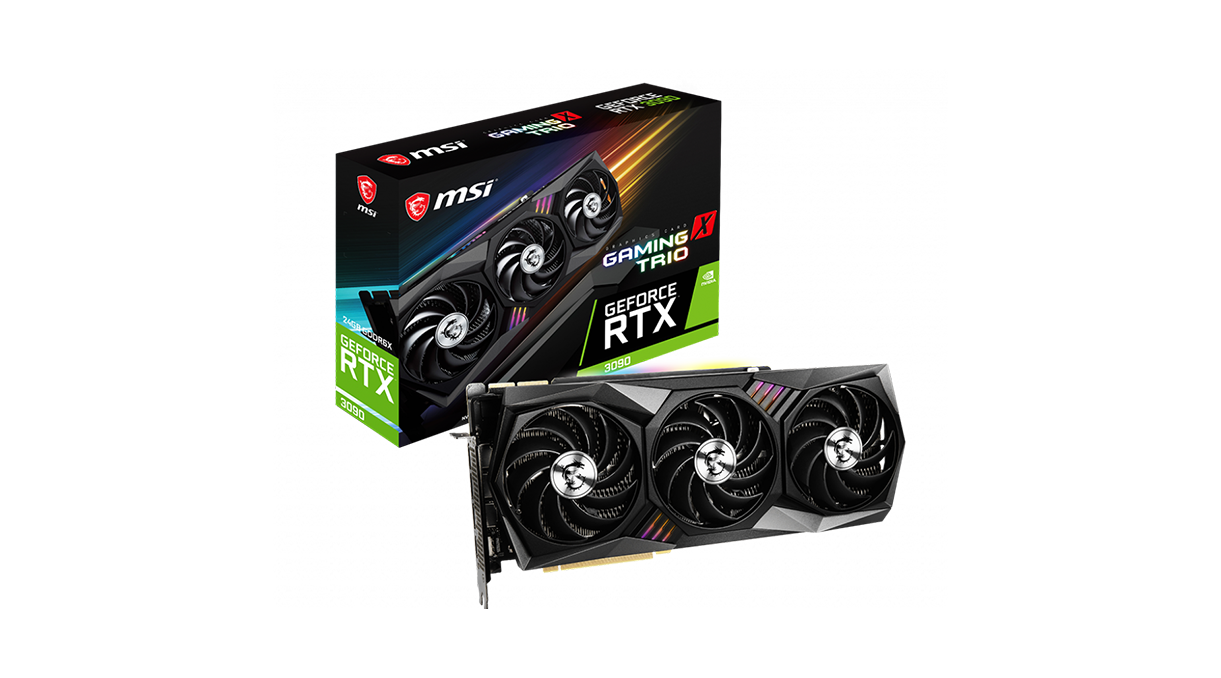
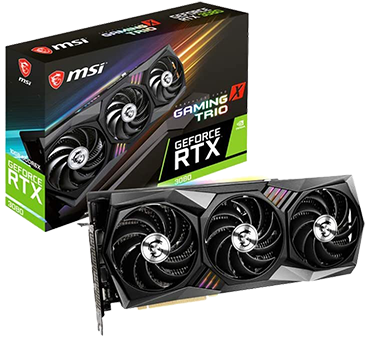
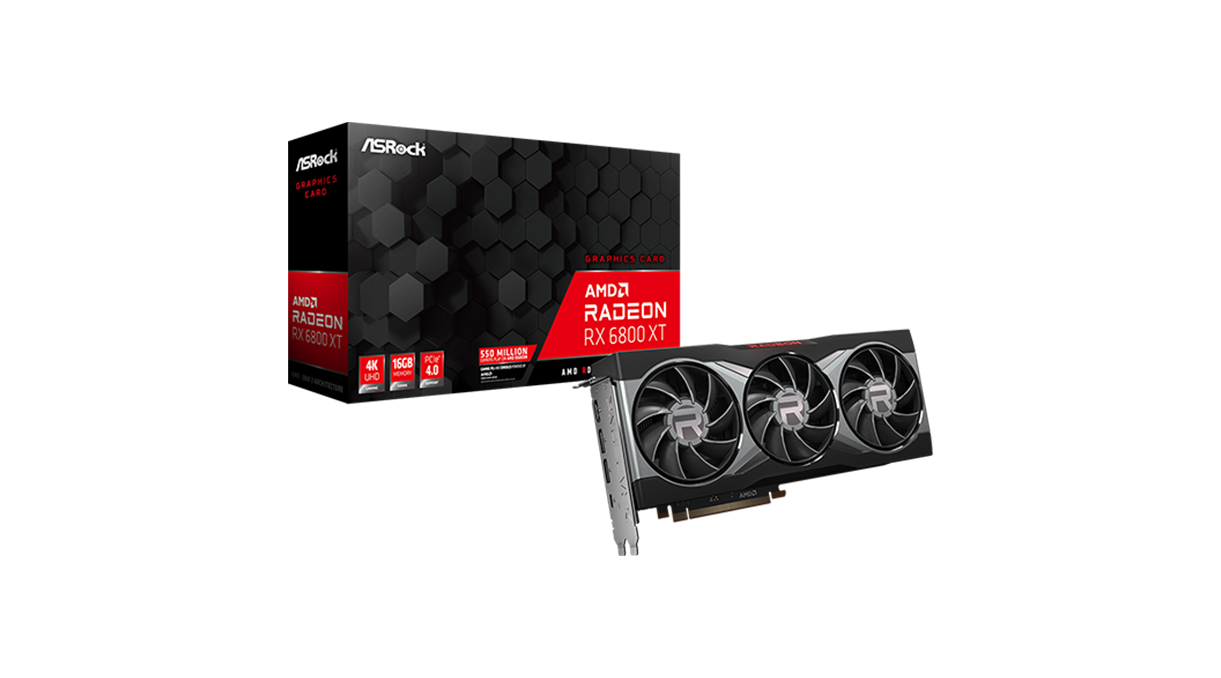
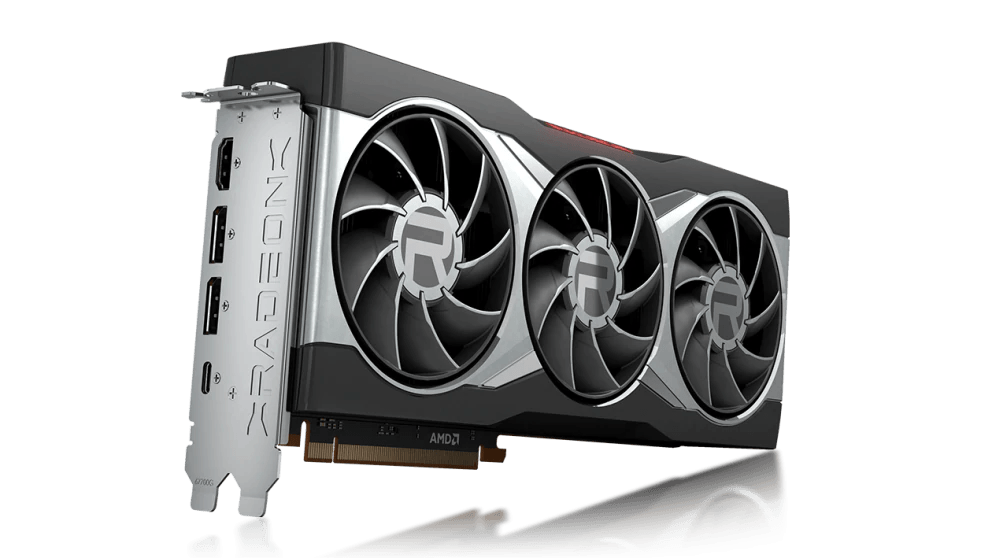

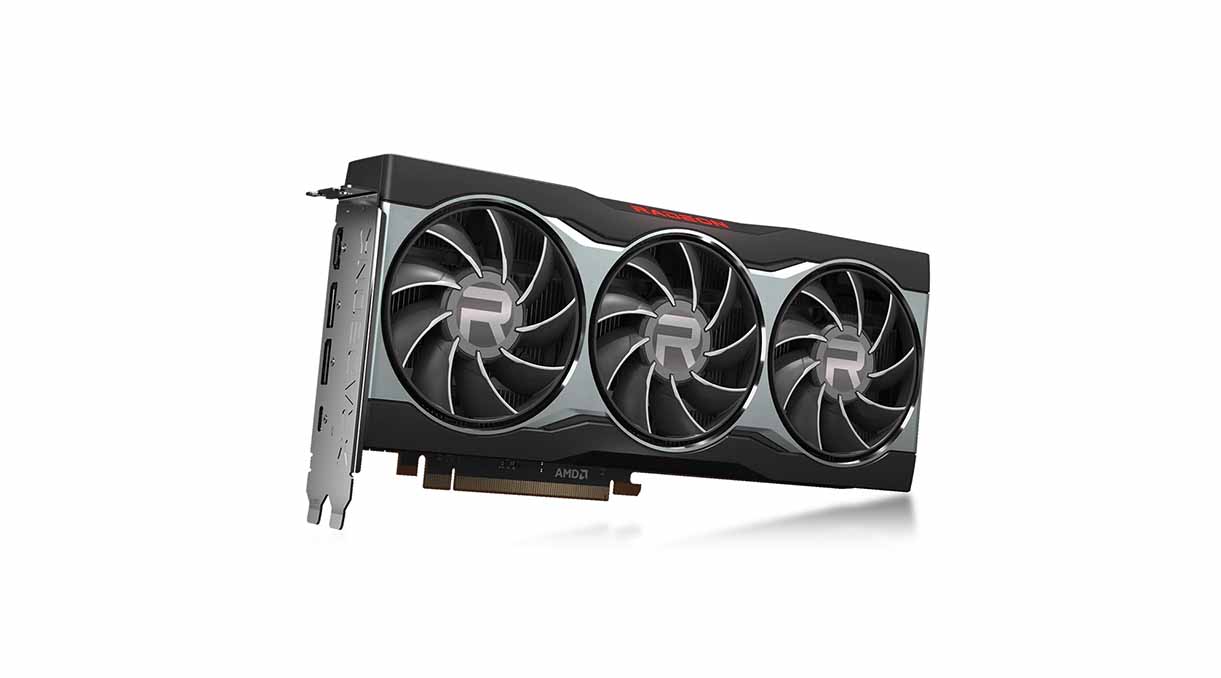
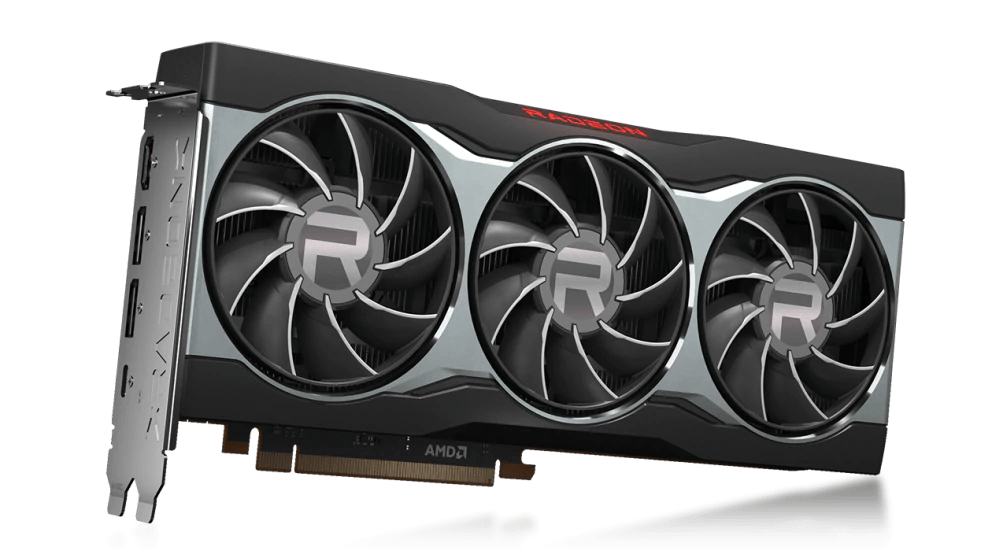
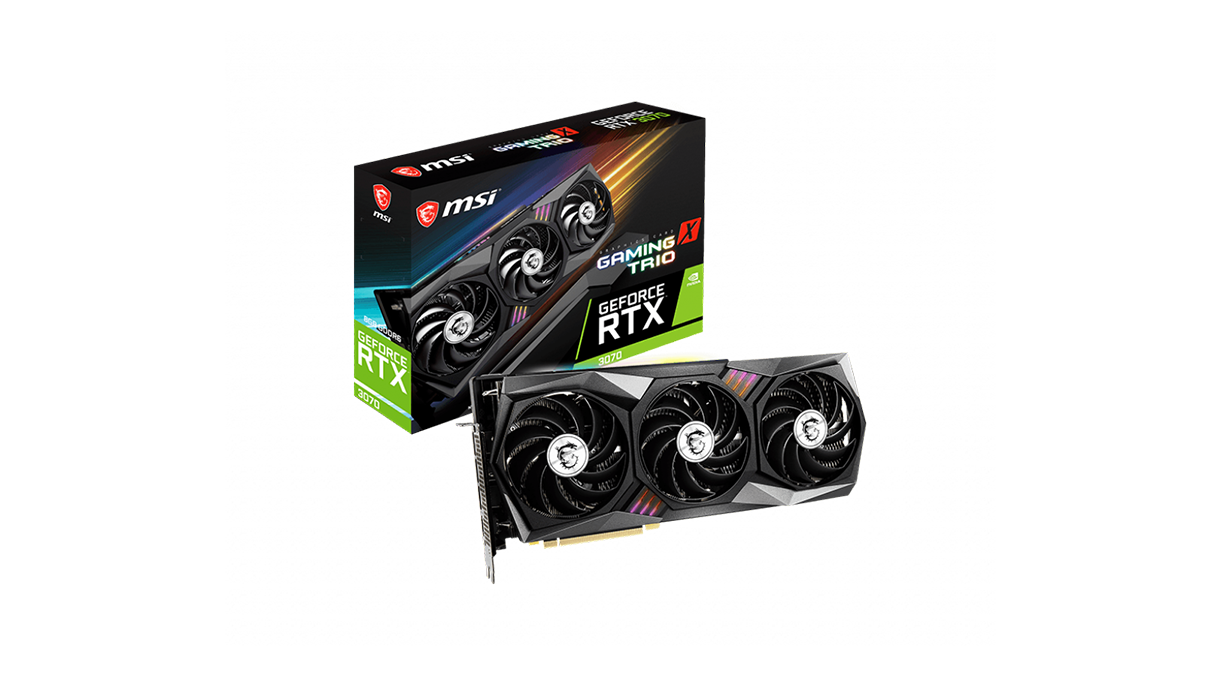

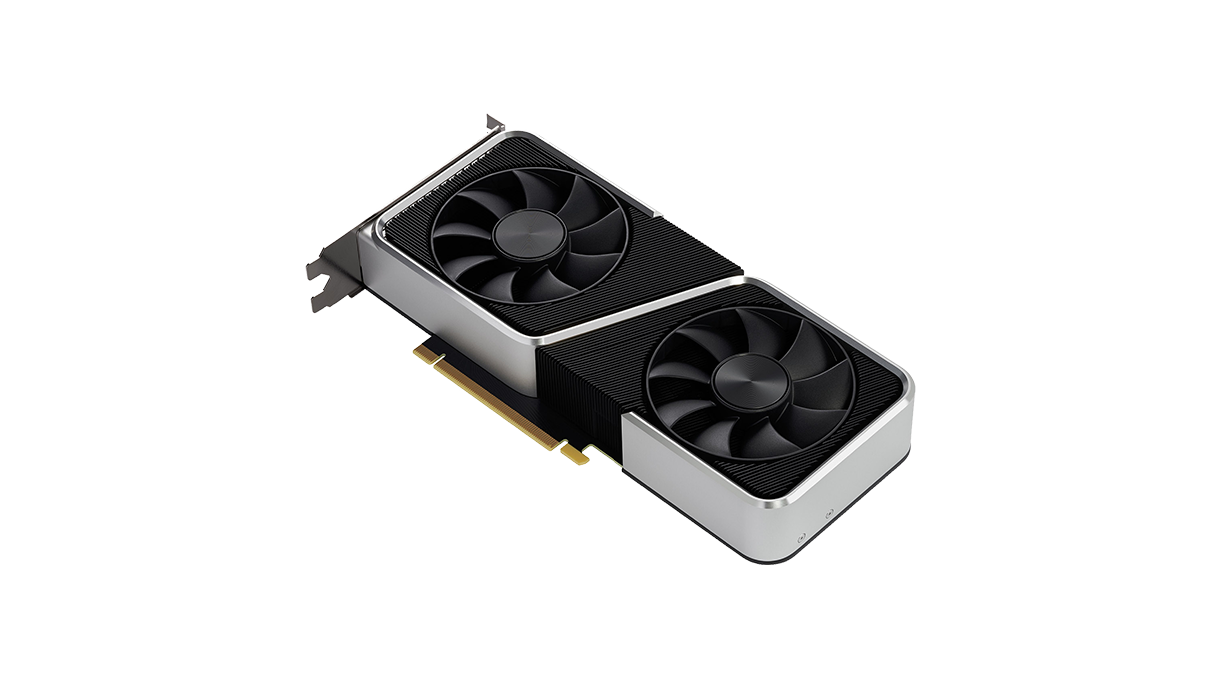
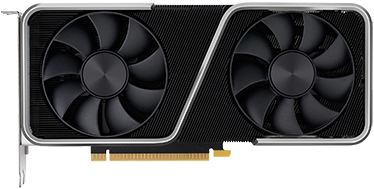
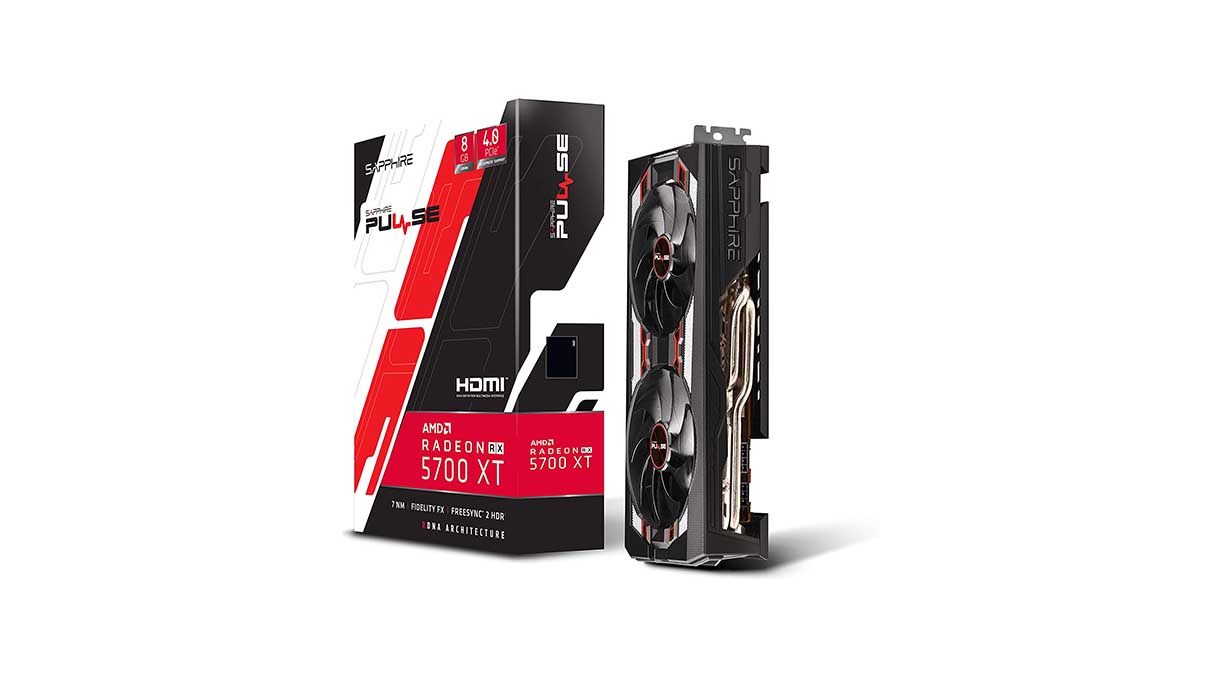

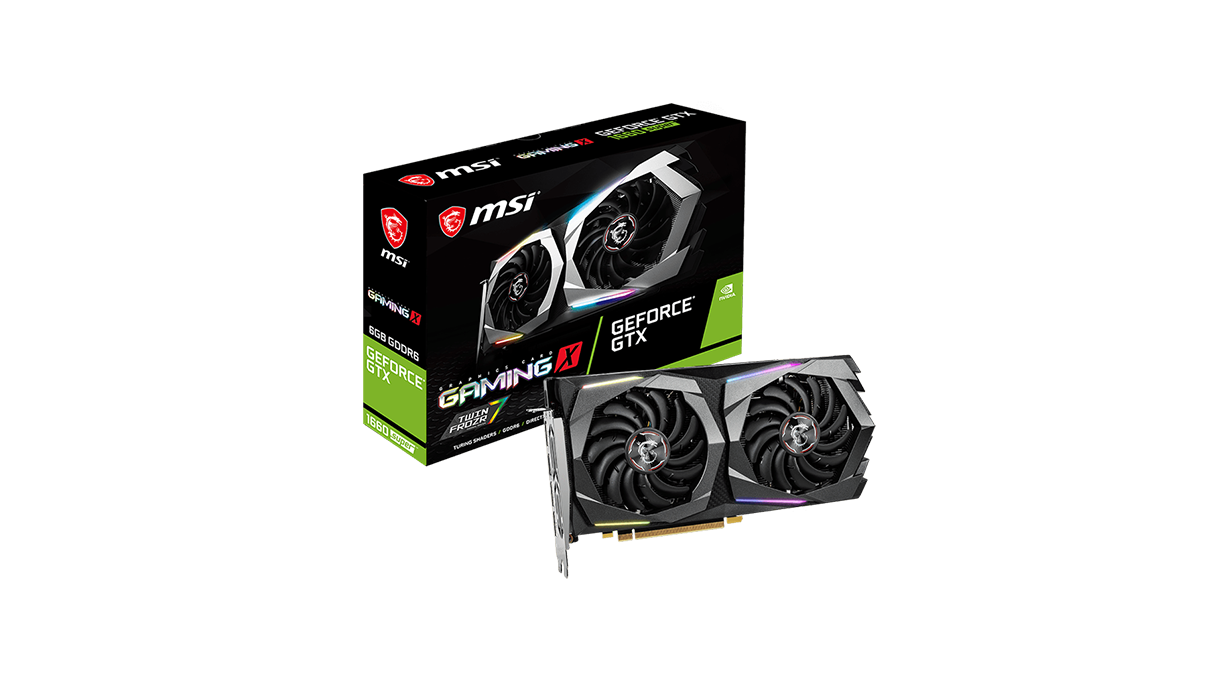

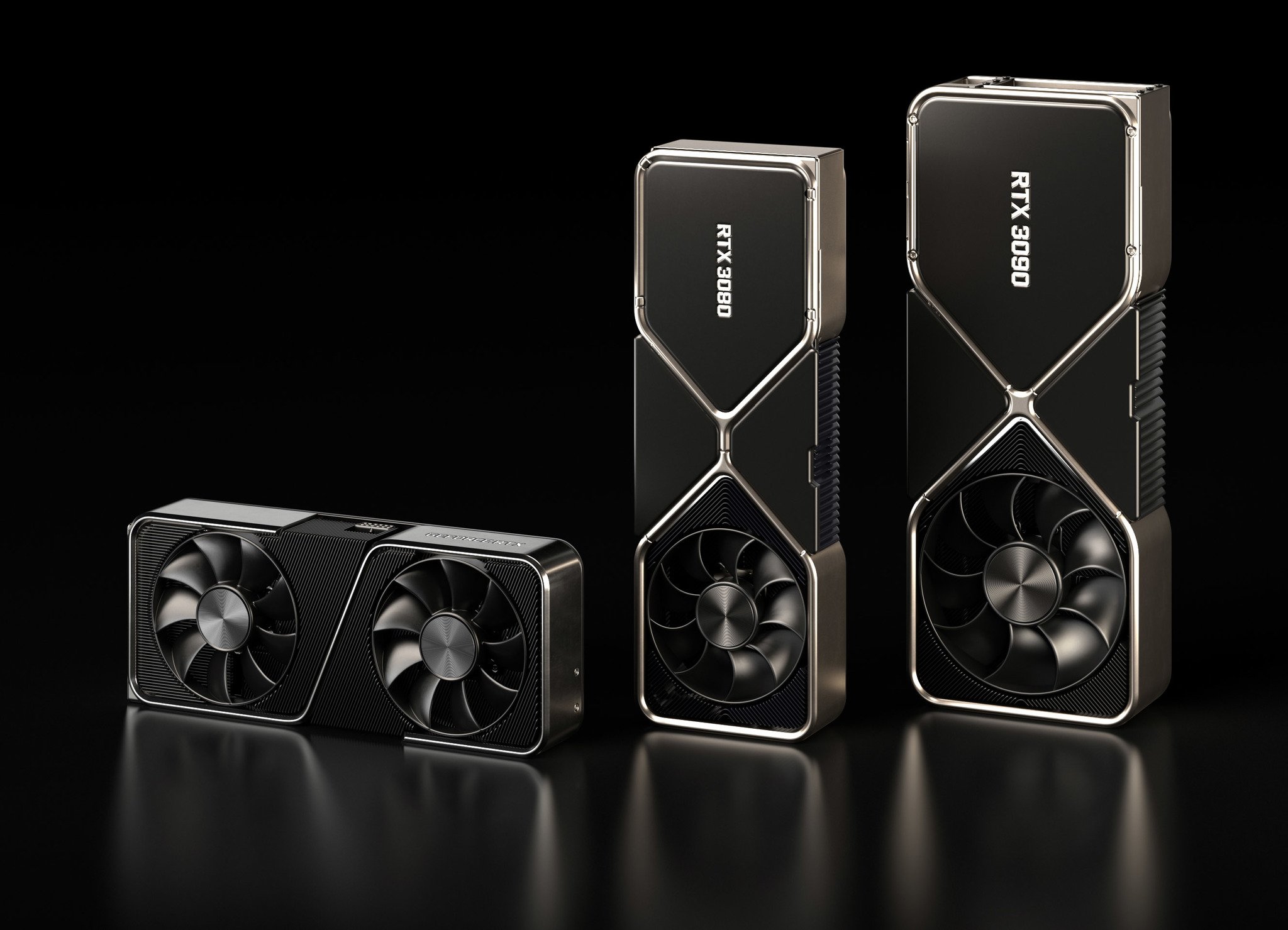




0 comments:
Post a Comment